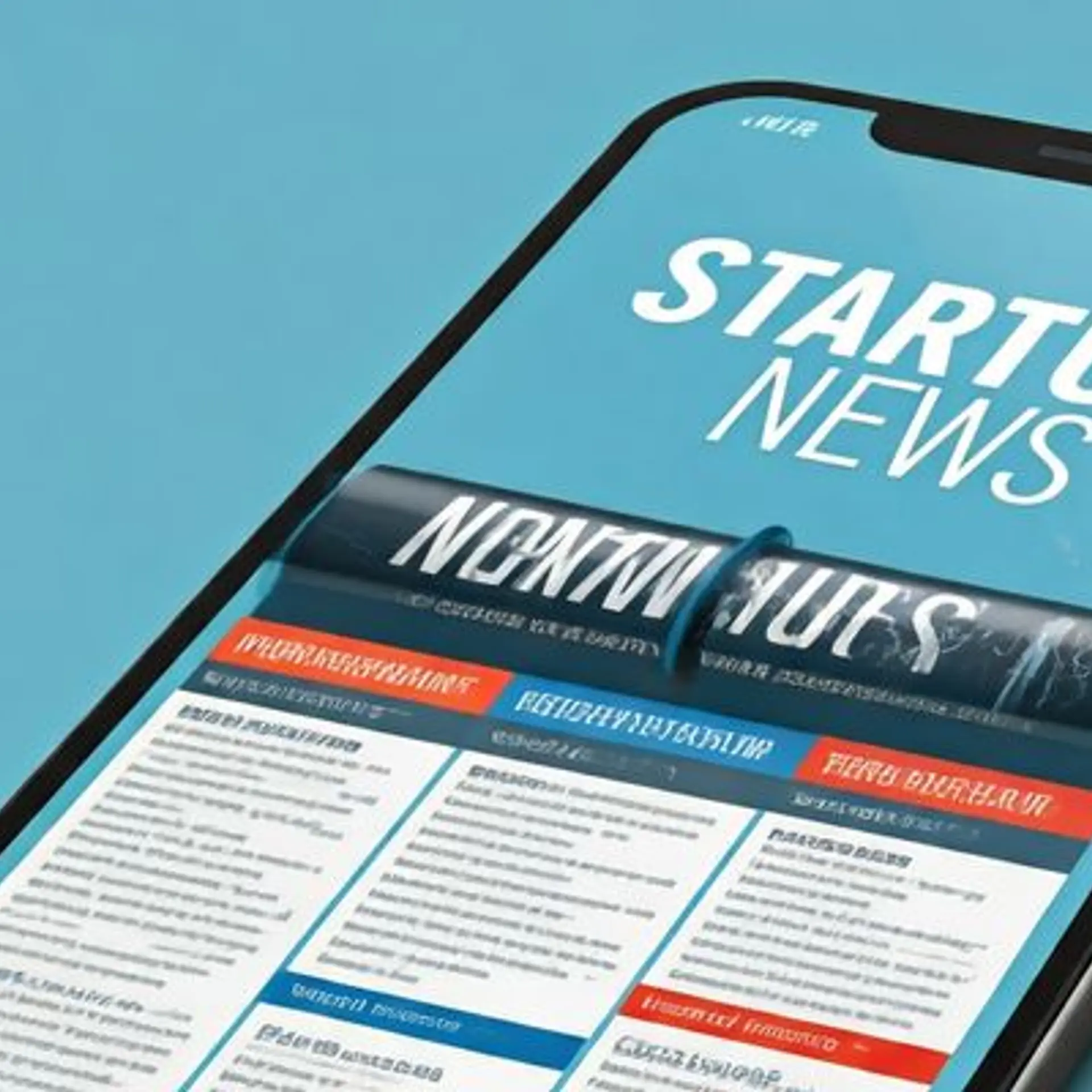10 ways to ensure that people with disabilities in your workplace enjoy fulfilling careers
Getting around our physical built-up environment is something that most of us take for granted. An important aim of society is to integrate persons with disabilities so that they actively participate in the opportunities afforded to them and are able to lead normal lives. Giving equal opportunities to people with disabilities will make them a part of the social mainstream. Below are ten ways you can make the workplace more diverse by creating an environment where the persons with disabilities are able to work, earn, have great careers and lead lives of dignity.

Image Credit: Shutterstock
- Think of ‘We’, not of ‘Me’! It’s not just the built-up environment, good transport system, hazard free access to facilities and amenities, guiding signage and lighting or ICT support through a mobile app that facilitates an improved working environment for the disabled; it is combination of all these and much more. Let us begin with ourselves, by changing the way we think about people with disabilities. Individuals like you and me can also contribute to the effort not only as supportive peers but also as active volunteers, fund raisers, educators or, sometimes, just as good listeners.
- Look carefully- does your workforce resemble the community that you operate and thrive in? Make accessibility for persons with disabilities to all infrastructures and their involvement in activities one of the parameters of the organisation’s development. Specifically adopt Universal Design and consider the needs of the visually, hearing and speech impaired as well as those suffering with physical and mental disabilities while designing the work premises. Independent and dignified working is impossible without the provision of facilities like wheelchair-friendly ramps and disabled-friendly washrooms.
- Be committed to ensuring that differently abled individuals have equal access to education and training, leading to career opportunities and growth. It is important to look beyond this as merely a PR or CSR initiative; we must truly empathise with them and include them in all aspects of the organisation. Provide them with the hardware and software enabling productive and independent working.
- Develop and implement an equal opportunity employment policy. Make all employees understand that hiring decisions are based on finding the best candidates, and do not operate by quotas or by bracketing individuals as ‘abled’ or ‘disabled’.
- One size doesn’t fit all in spite of the internet. Inaccessible web design prevents persons with disabilities from an easy online learning-working experience as there are multiple challenges awaiting those suffering from visual impairments, learning difficulties, hearing loss and more. Begin by building a disabled-friendly website; it is a lot simpler than one might think. Offer access to assistive technology tools that may include colour-coded keyboards, screen readers and magnifiers, assistive listening devices and Braille displayers to help the disabled perform their day-to-day functions efficiently and effectively.
- In case an employee acquires a disability, provide him with all the necessary support. Ask him to share what needs to be done to support him, to enable him to continue to do his job, and then work out a strategy to put things in place to help. No organisation likes to see an employee leave due to a disability as this means the loss of an intellectual asset, his valuable experience; focused commitment and industry/social connect developed over the years.
- Invest in awareness and etiquette training to sensitise peers about the abilities of disabled colleagues. Sensitise members of the workforce to care and be on hand to make sure that disabled colleagues receive appropriate support not only in their mobility but also in terms of involvement in the activities around campus.More importantly, make them aware that they can learn a lot from their disabled peers, lessons that could be beyond the scope of routine work. If we can appreciate diversity and support all abilities, then all people will have a fruitful time contributing to society.
- Be culturally sensitive when describing what makes ‘our’ organisation a good place to work.
With 26.8 million disabled persons in the country, India has a long way to go before it can be called a disabled-friendly nation. So feel good about creating an environment in your organisation for diversity to thrive in, be conscientious in your efforts to ensure that disability does not result in exclusion.
- Form affinity groups that facilitate and empower disabled individuals. These groups will allow them to brainstorm about improving innovative products, developing creative new ideas. Assure them that their differences are actually assets for the organisation and society.
- Acknowledge and celebrate the victories of disabled colleagues, whether big or small. Individuals with disabilities overcome moments of struggle, pain, anguish and fear every day and they refuse to be defeated, strive relentlessly to overcome the obstacles they are faced with. Be there to cheer them on when they compete in sports and games, sing, dance, mimic and act in plays, present research papers at conferences and come up with innovative ideas to contribute to the well-being of others in society. Celebrations here assume significance as they serve in bringing people together and provide support to those who need it.
Let us make a beginning. Organisations need to be more innovative to make systems disabled-friendly and operationally efficient. The bottom line is that there is a need to wake up and do what is essential to include the disabled in the new Indian Dream.
(Disclaimer: The views and opinions expressed in this article are those of the author and do not necessarily reflect the views of YourStory.)







